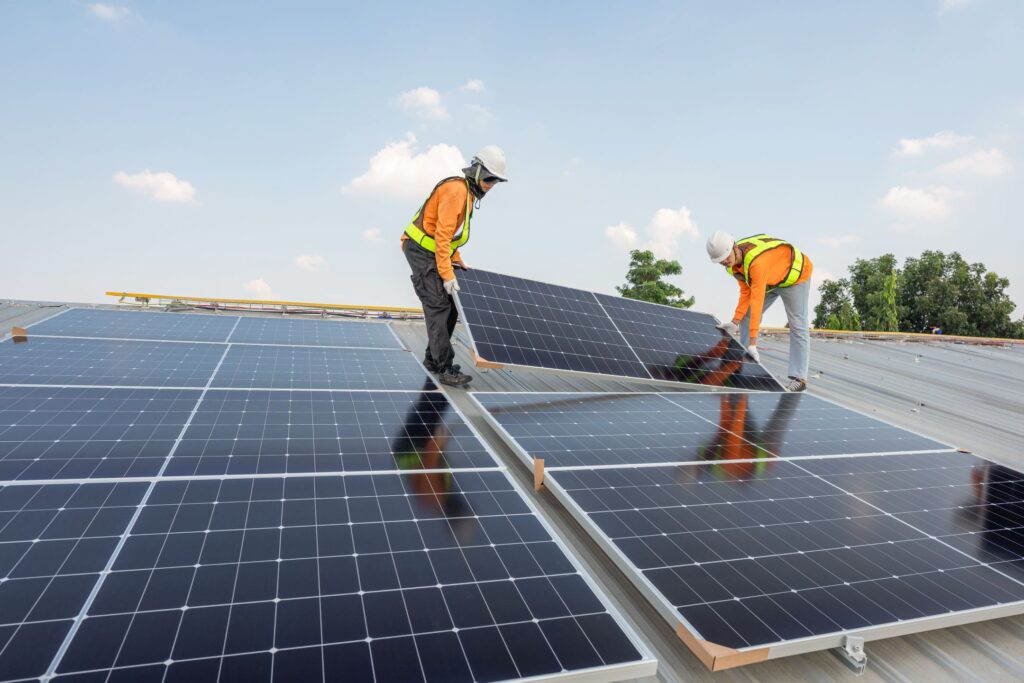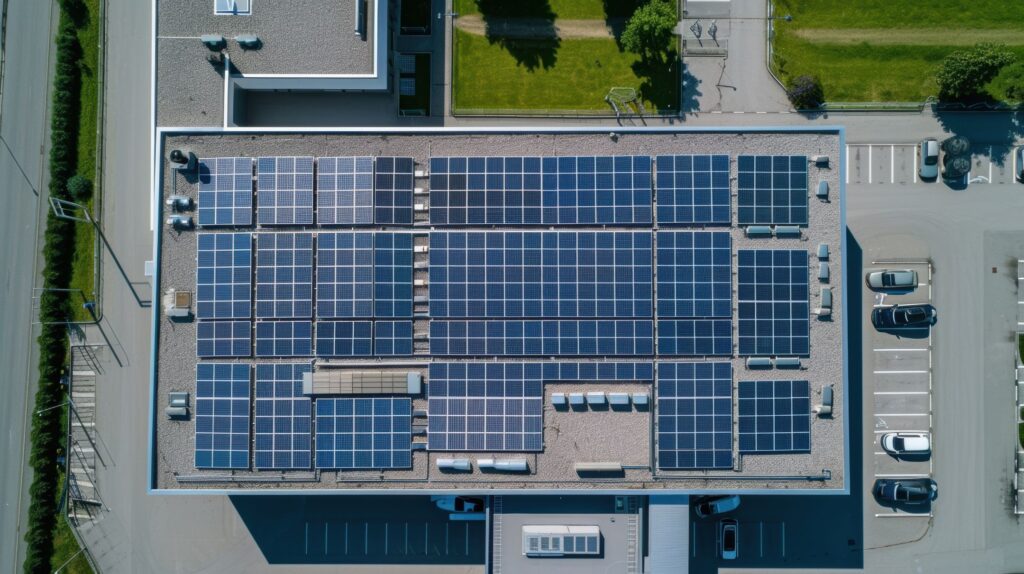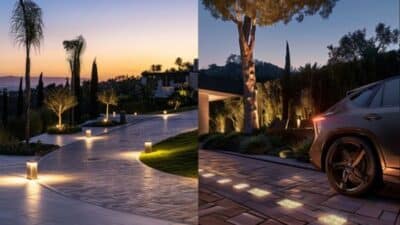
Have you noticed more businesses turning to solar panels lately? It’s no coincidence. Industrial solar panels are making a big impact on how modern buildings take shape. If you’re interested in greener design or want to cut energy costs, this trend is worth your attention.
Using solar energy isn’t just about saving money anymore. It’s about creating smarter, more sustainable spaces. Architects and designers now blend solar panels into their plans from the start. The result? Buildings that look good, work better, and leave a smaller footprint on the planet.
Looking to cut energy costs and boost sustainability? Trust the expertise of top-rated Commercial Solar Panel Installers UK to power your business with clean, efficient solar solutions
In this article, you’ll discover how industrial solar systems are shaping the future of design. Read on for the details!
Driving Sustainable Architecture
Solar energy systems now play a vital role in sustainable architecture. Many commercial buildings include solar panels in their original designs. This allows architects to create layouts that capture sunlight more effectively.
Adding solar panels to rooftops, parking garages, and building facades helps reduce greenhouse gas emissions. The panels turn sunlight into electricity and lower the need for fossil fuels. This supports a sustainable future and brings real savings to commercial property owners.
Companies like Suntrek Solar have contributed to the growing presence of solar technology in commercial architecture. By offering integrated solar solutions tailored for industrial needs, they represent how the solar industry continues to evolve alongside modern design principles.
The demand for green buildings continues to grow. As a result, industrial solar panel systems will shape how modern buildings are designed and how they perform in the years ahead. They set your business apart visually and showcase your commitment to sustainability.
Encouraging Smarter Energy Use
Solar power systems offer more than just a source of energy. They also promote smarter energy use throughout the building. Many industrial solar panels include real-time monitoring tools that track energy production and consumption.
Building owners can use this information to improve energy usage. Adjustments to lighting, heating, and cooling help match energy use with the output from solar panels. These changes lead to lower electricity costs and improved efficiency.
Adding energy storage to solar installations brings even more benefits. Stored energy becomes available during peak demand, giving businesses greater control over energy costs.
Creating Healthier Workspaces
Industrial solar systems help create healthier workplaces. Many commercial installations also include green initiatives like better ventilation and more natural lighting.
Buildings that use solar energy often enjoy cleaner indoor air. Using less fossil fuel lowers carbon emissions and supports a cleaner environment. These improvements can boost team satisfaction and increase productivity.
Solar electricity also supports energy independence. Workspaces can continue to operate during power outages, keeping daily activities running smoothly.
Blending Form and Function
Modern solar solutions work well with today’s sustainable architecture. In the past, bulky systems often stood out on rooftops. Now, high-efficiency solar panels and building-integrated photovoltaic cells fit smoothly into the overall design.
Architects include solar cells in windows, skylights, and exterior walls. Solar modules can match the building’s color and style. This approach improves the building’s appearance while also supporting clean energy goals.
Additionally, flexible solar installation options make it possible to add solar power to buildings with flat roofs or limited roof space. Thus, many types of structures can now enjoy the benefits of solar energy.
Lowering Lifetime Costs
Choosing solar panel installation brings long-term financial benefits. Although there is an initial investment, solar energy helps lower operating costs.
Many commercial property owners recover these charges through lower electric bills and solar savings. The average solar installation cost keeps dropping, which improves the cost per watt for larger systems.
Tax savings, such as accelerated depreciation benefits, make solar projects even more attractive. Financing options like solar and capital leases help businesses manage the upfront cost while gaining long-term advantages.
Generally, solar investment supports financial goals and green initiatives. It gives building owners an effective way to lower operating costs and improve energy efficiency.
Supporting Resilient Infrastructure

Changing weather patterns make construction resilience more critical than ever. Solar systems help commercial buildings keep running during power outages.
Using energy storage with solar panels gives companies a steady power source when the grid fails. This is especially useful for industries that depend on reliable electricity for safety and production.
Solar projects also protect businesses from rising electricity rates. On-site solar electricity generation allows companies to secure lower energy costs for the future.
Meeting Green Building Standards
Commercial solar energy plays a vital role in meeting today’s standards for green buildings. Programs such as Leadership in Energy and Environmental Design (LEED) give points for solar installations, helping properties earn certification.
Installing solar energy systems makes commercial property owners more appealing to tenants and customers who value sustainability. These projects also support corporate social responsibility efforts.
Financial incentives like federal and solar tax credits help lower the cost of solar projects. Government incentives and renewable energy credits also increase the return on investment, making solar a wiser choice.
Conclusion
Industrial solar panels are helping to reshape modern building design. They support sustainable architecture, smarter energy use, and healthier workspaces. Buildings can also meet green standards, improve resilience, and reduce lifetime energy costs.
As more businesses adopt solar energy projects, we’ll continue to see new and innovative designs that embrace clean energy. Whether you’re planning a new commercial installation or upgrading an existing property, industrial solar panels offer a powerful solution for a brighter, more sustainable future.
- 1share
- Facebook0
- Pinterest1
- Twitter0



